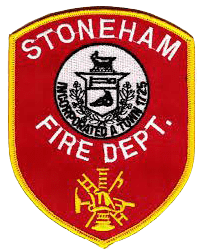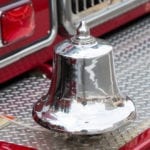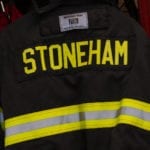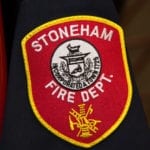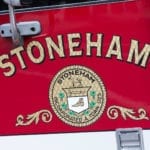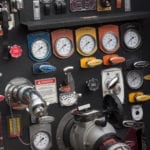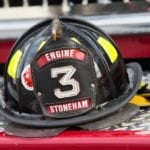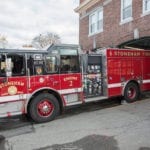Are you selling your home? You need a certificate of compliance from the local fire department that shows your smoke and carbon monoxide alarms meet the requirements for a sale or transfer.
To arrange for a smoke detector inspection or if you have any questions, contact the fire department office at 781-438-0127 ext. 2
-
- Inspections are conducted Monday thru Friday between 8:30 and 11:00 a.m.
- We recommend scheduling your appointment at least two weeks in advance. Due to a high volume of appointments, a larger window may be needed.
- Payment is due at the time of your inspection.
- Click for Guidelines for Smoke and Carbon Monoxide Alarm Requirements
- Click Here for the Most Current List of Fire Prevention Fees and Permits
- Click here for the Most Current List of Plan Review Fees
Preparing Your Home for a Smoke and CO Alarm Inspection
Every home should have working smoke and CO alarms. You must have a certificate of compliance that shows your smoke and CO alarms meet certain standards when you sell or transfer a home. This page helps you determine if your alarms meet requirements or must be replaced, and how to get a certificate of compliance.
To start:
- Find out when your home was built and the date the last building permit was issued for any renovations. Call the local building department if you don’t know.
- Call fire department at 781-438-0127 to schedule your inspection as soon as you have a closing date. The department will issue a certificate of compliance if your alarms pass the inspection.
Follow these steps to make sure you home will pass the inspection:
- Using the date your home was built and the date the last building permit was issued, figure out the smoke and CO alarms requirements for your home. These requirements are listed by date in the Guide to Massachusetts Smoke and Carbon Monoxide Requirements When Selling a One- or Two- Family Residence.
- List the location of all smoke and CO alarms in your home. Determine the age of each alarm. The date of manufacture is stamped on the front or back of most alarms. If you have to remove an alarm from its bracket to get the information, be sure to replace the alarm when you are finished. If there is no date on an alarm, it has expired and must be replaced.
- Compare your existing alarms and the requirements for your home to determine if you must replace any or all of the alarms in your house.
- If your smoke and/or CO alarms do not meet the requirements for your house and need replacement, you can purchase and install new equipment yourself or hire someone to do so. You may need an electrician to replace hard-wired alarms.
- Battery-powered smoke alarms that are more than 10 years old, or have expired must be replaced with alarms with 10-year, sealed, non-rechargeable, non-replaceable batteries. They must be photoelectric and have a hush feature to silence nuisance alarms.
- After your new smoke and CO alarms are installed, test them.
- All detectors must be UL listed with stamp on the back of the device. A UL 217 stamp is for smoke alarms, and UL 2034 stamp for carbon monoxide alarms. Combination units should have both. Click for UL detectors with faulty stamp notice
- If your home has low voltage smoke or carbon monoxide alarms (alarms that use a keypad to
control and reset them) you must provide a test report from an alarm company at the time of
inspection. For more information please see this advisory. https://stoneham-ma.gov/DocumentCenter/View/4059/Low-Voltage-Smoke-Detectors-final
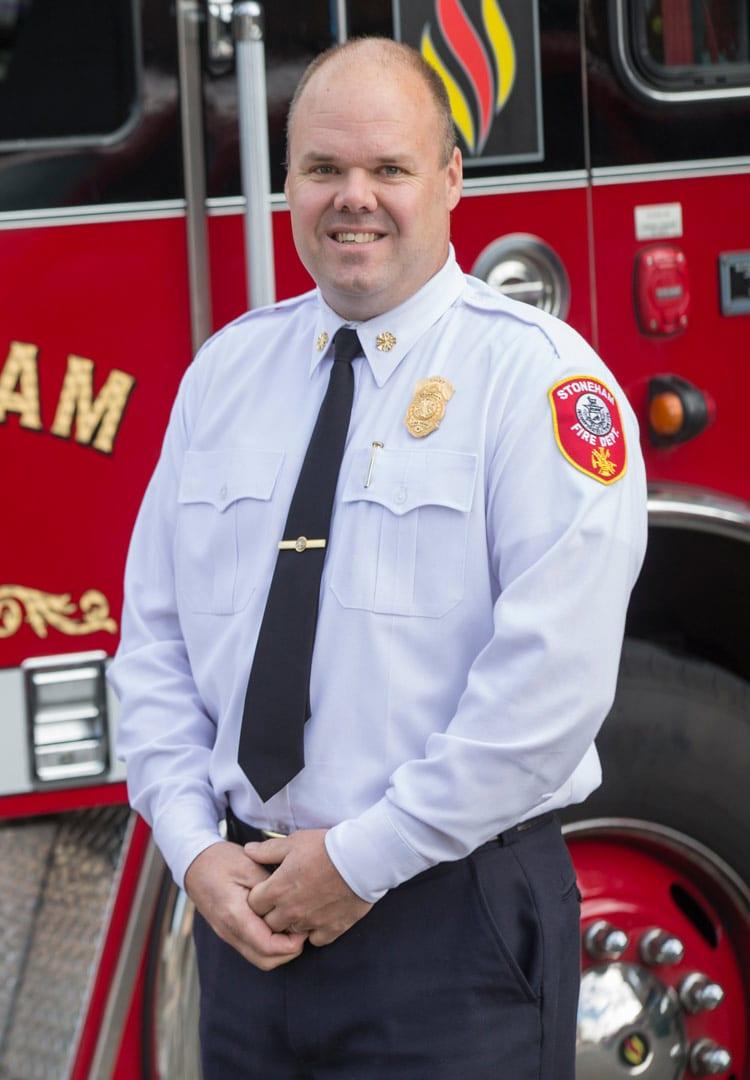 Welcome to the Stoneham Fire Department website. The Stoneham Fire Department is committed to protecting and preserving life, property, and the environment in the community in the most professional and courteous manner possible.
Welcome to the Stoneham Fire Department website. The Stoneham Fire Department is committed to protecting and preserving life, property, and the environment in the community in the most professional and courteous manner possible. 